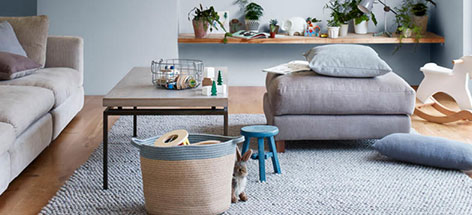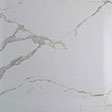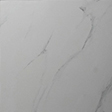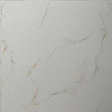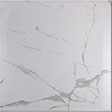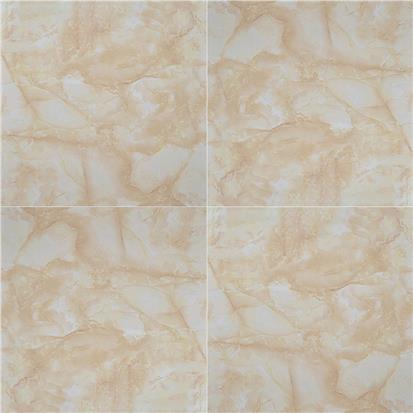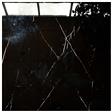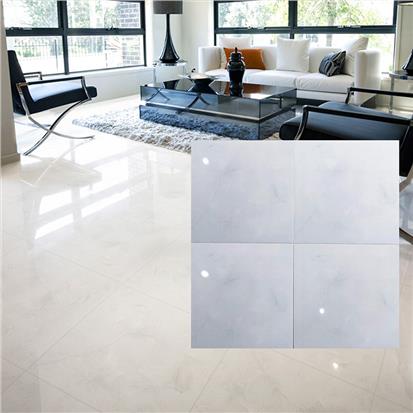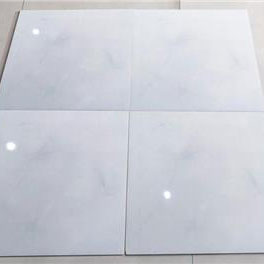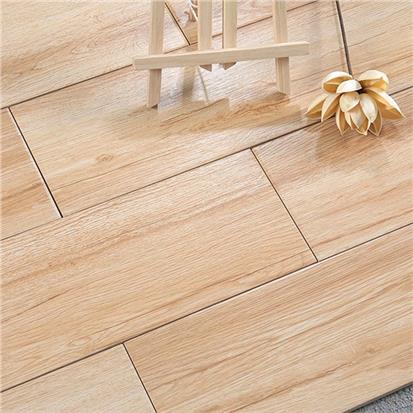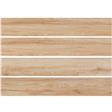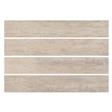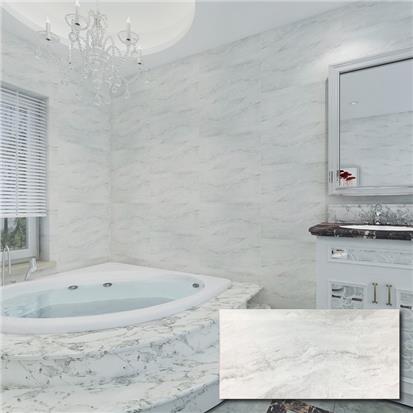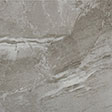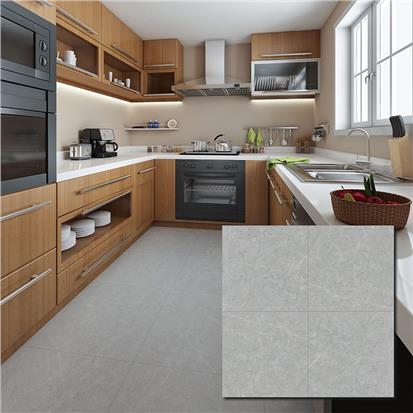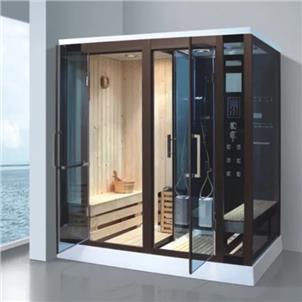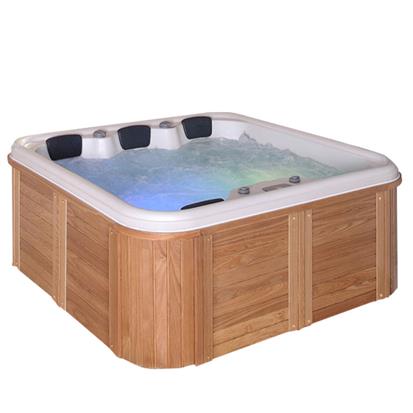When it comes to interior design, there is a slew of typical blunders that many people make. In this article, we will discuss the seven most frequent interior design errors. I'll provide you advice and information on how to prevent it and repair it right now.
1. Using Only One Light Source
Lighting is an important element of the home design that many people overlook. Having a single light source in each room may enable you to see in the dark, but it is not beneficial. Only one light source is insufficient since it does not contribute to the creation of contrast, depth, or defined forms, nor does it make the colors pop. Correct this error by including additional lighting sources into the room, such as ambient lighting for overall illumination through table, wall, and floor lights, as well as hanging or ceiling lamps. Spot ceiling lights, truck lights, or wall mounted lights may be used to highlight a particular item or region and bring attention to characteristics. Job lighting may be added for a specific task or activity, such as reading, writing, or dining. A smart lighting design for interior house decorating will include all three light sources at varying heights.

2. Curtains
Curtains and blinds can make or ruin a house. What are the most frequent errors individuals make with window treatments? Wait for big windows with high curtains as an accent. Curtains make a room seem larger when the curtain rod is mounted near to the ceiling rather than at the window frame. The floor-length curtains pull the attention upward along the full length of the curtains, giving the sense of height and space. Position your rod 4-6” above the window or all the way to the ceiling. Make sure the rod is large enough so when the coordinates are open, the inner edges only cover the window frame and not the glass. Stacking the curtain close to the window rather than covering it will make it seem bigger. Curtain panels should be broad enough so that they are full even when closed for an attractive appearance. To make the width of the panels seem full and beautiful, the curtain should be three times broader than the window.
3. Not Measuring The Space
Not measuring the area before deciding on furniture and décor. Not planning a space use is a frequent interior design error that people do. Don't depend on your eyes to measure space; instead, measure all the measurements before buying furniture or decorative accents to map out your area and prevent overcrowding or underfurnishing. Consider the circulation space you need, measure the available heights, take measurements of your walls, choose artwork in the size and proportion of the area, and so on.
4. Hanging Art Too High Or Too Low
People have a habit of hanging paintings far closer to the ceiling than they should be. To enjoy a piece of art in a natural manner, it should be hung at approximately eye level. By following these schematics and fundamental principles, you may keep the visual order of the works of art.
- Align the artworks at their focal places.
- Create an organized gallery wall by mixing forms, sizes, and orientations for more casual look.
- Once you've settled on a height for your artwork, stay to it to create flow in your room.
Tracing and cutting out the frame shape on paper is the best method to guarantee that there are no errors or unpleasant holes to feel. Simply glue the paper cutouts to your wall and experiment with different positioning choices until you get the desired result.
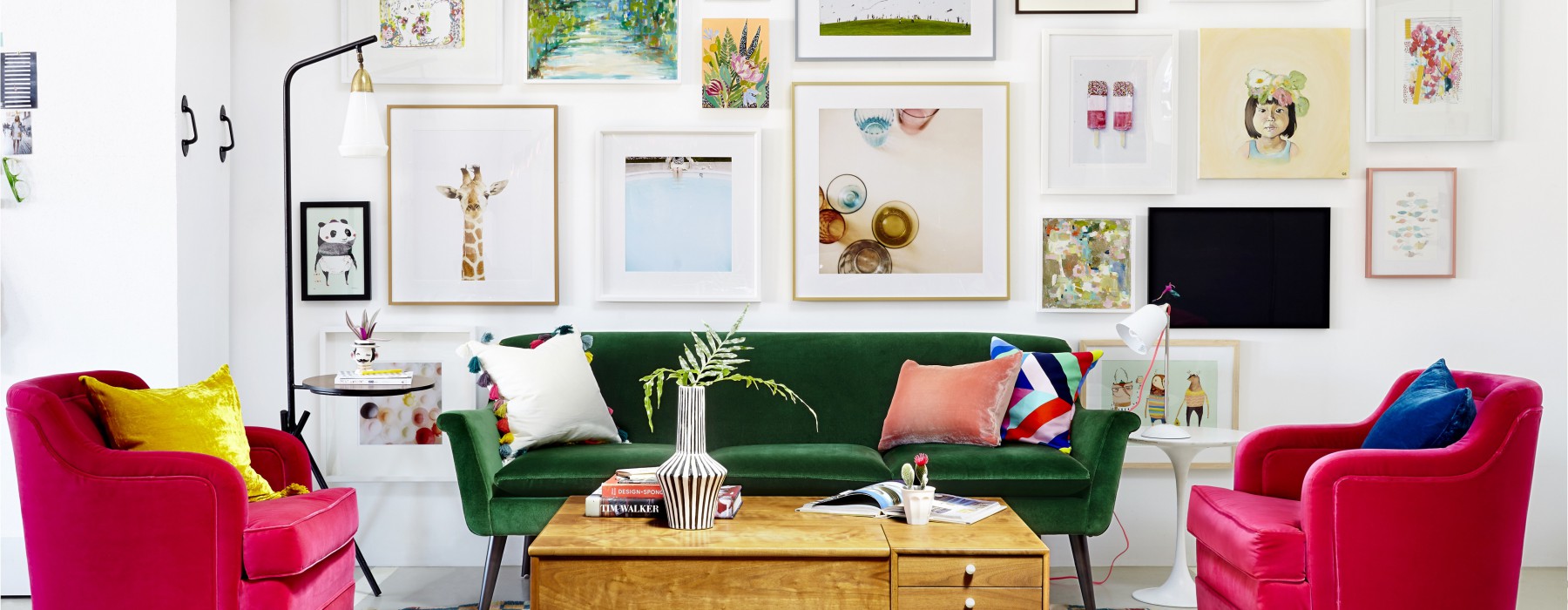
5. Rugs Size
Because rugs are important for defining rooms and establishing boundaries for your furniture, you must ensure that the rug is the correct size. You should get the appropriate one for your area; to discover the right size rug, examine the size and spacing of the furniture in the room. It is critical to ensure that all of the furniture, or at least the front legs of all of those seated in the area, fits on the rug.
6. Exposed Cables
In interior design, every detail is important. A visible wire that goes through walls and other surfaces is another frequent error that impairs perception and order in space. It is critical to conceal these connections and wires, particularly those for the TV, lights, or other electrical elements. If you can conceal the TV wires within a wall, use a core hider; it's extremely simple to install and will immediately improve your look.
7. Designing Your Home Without Considering Your Styles & Needs
One of the most common errors individuals make when creating a room is failing to pause and think about what they want and need. Instead of following trends and duplicating ideas, consider what you like about the spaces and what you enjoy about the inspirations. Is it the colors, textures, materials, lighting, or kind of furniture? Once you've established your tastes, you'll be able to embark on your interior home decorating project with confidence. Remember that a good design is about more than just appearance; you should live in your space and discover how your family utilizes it before remodeling since this is a wonderful way to learn about the details you will want to incorporate in your design ideas.
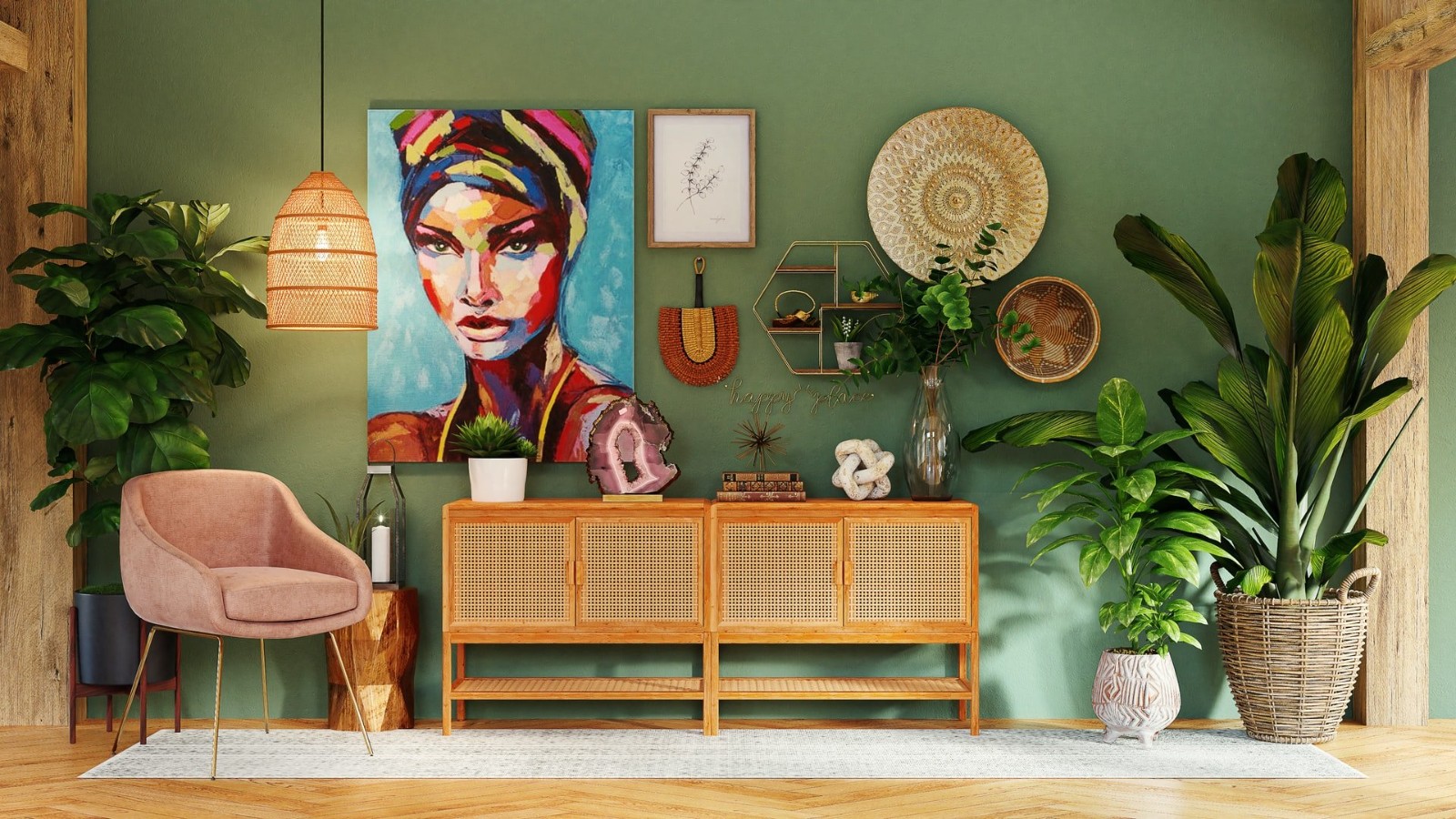
 EN
EN FR
FR PT
PT AR
AR
